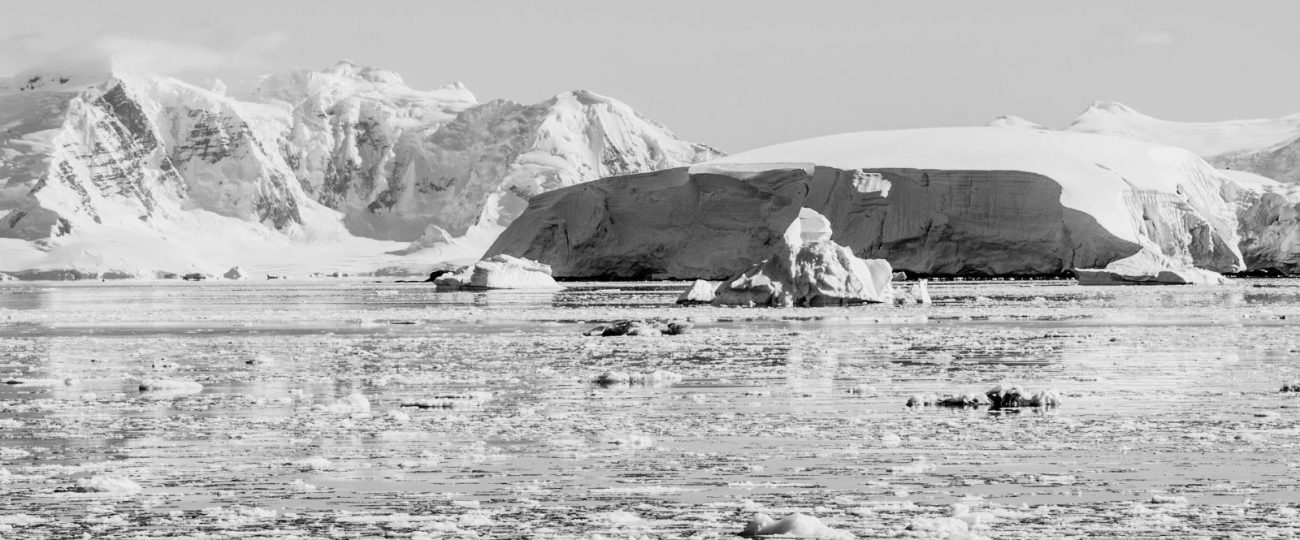What Happened On July 21st?
On July 21, 1983, researchers at the Soviet Union’s Vostok Station in Antarctica experienced a day unlike any other in meteorological history. On this day, they measured the lowest temperature ever recorded on Earth, with the thermometer plummeting to an astonishing -128.6 degrees Fahrenheit (-89.2 degrees Celsius).
Heart Of The Ice Desert
Soviet scientists established Vostok Station in 1957, one of the most remote and inhospitable places on Earth. Located at the heart of the East Antarctic Ice Sheet, the station sat at an elevation of 11,444 feet (3,488 meters) above sea level. This high altitude, combined with the continent’s unique geographical and atmospheric conditions, made Vostok one of the coldest places on the planet.
The winter of 1983 brought relentless cold to Antarctica. For months, the continent remained shrouded in darkness, with temperatures routinely dropping well below freezing. The air was so cold and dry that it could cause frostbite in seconds, making even the simplest outdoor tasks perilous. The conditions leading up to July 21st were harsh, but no one anticipated just how extreme they would become.
Frostbite Frontier
On the day of July 21, 1983, the researchers at Vostok Station recorded the unprecedented temperature. The reading of -128.6 degrees Fahrenheit (-89.2 degrees Celsius) astonished the team and quickly made headlines around the world.
The scientists at Vostok Station meticulously documented the temperature, using specialized equipment designed to withstand the extreme cold. The station’s location, far from the moderating effects of the ocean and at a high altitude, contributed significantly to this record low. The clear, dry air allowed heat to escape from the surface more efficiently, causing temperatures to drop dramatically. Additionally, katabatic winds flowing down the ice sheet slopes pushed already frigid air into lower elevations, intensifying the cold.
Surviving The Ice Age
Living and working at Vostok Station required immense resilience and adaptability. Researchers endured months of isolation, limited supplies, and constant danger from the harsh environment. They carried out vital scientific work, collecting data that would deepen our understanding of Earth’s climate history. Ice core samples taken at Vostok provided valuable insights into atmospheric compositions dating back 420,000 years, offering a glimpse into past ice ages and interglacial periods.
Despite the extreme conditions, the researchers at Vostok remained committed to their mission. They conducted experiments and gathered data that would contribute to our knowledge of climate dynamics and the impact of global warming on ice sheets. The dedication and perseverance of these scientists exemplified human adaptability and determination in the face of nature’s most formidable challenges.
The Science Of Extreme Cold
Antarctica’s ability to reach such extreme low temperatures can be attributed to its unique geographical and atmospheric conditions. Surrounded by the Southern Ocean, the continent remains isolated from warmer air masses. The high elevation of the East Antarctic Ice Sheet further contributes to the cold, as temperatures decrease with altitude.
During the Antarctic winter, the lack of sunlight leads to prolonged periods of radiative cooling. The clear, dry air allows heat to escape from the surface more efficiently, causing temperatures to drop dramatically. Katabatic winds, which flow down the ice sheet slopes, push already frigid air into lower elevations, intensifying the cold even further.

A Fiery Contrast
Death Valley, California, on the other hand, is also a desert. However, on July 10, 1913, the thermometer at Furnace Creek Ranch reached a scorching 134 degrees Fahrenheit (56.7 degrees Celsius). This extreme heat, combined with the region’s arid conditions, made Death Valley one of the harshest environments on the planet.
Death Valley’s unique topography and climate contributed to its record-setting temperature. The valley, a deep basin surrounded by high mountains, trapped heat and prevented it from escaping. Additionally, the region’s dry air and clear skies allowed the sun’s rays to heat the ground intensely. These factors created an environment where temperatures could soar to life-threatening levels.
Despite the harsh conditions, Death Valley housed resilient plant and animal species, including the creosote bush, kangaroo rats, and the endangered Death Valley pupfish.
Chronicles Of Climate
The lowest temperature ever recorded on Earth at Vostok Station, provided scientists with valuable data to study climate and weather patterns, helping them develop more accurate climate models and predict future changes in our global climate.
The data collected from Vostok Station also deepened our understanding of polar climate dynamics and the impact of global warming on ice sheets. By studying historical temperature records and ice core samples from Antarctica, scientists reconstructed past climate conditions and identified trends that might influence future climate behavior.
Research at Vostok Station also uncovered subglacial Lake Vostok, one of the world’s largest freshwater lakes, hidden beneath the ice. This discovery opened new avenues for studying microbial life in extreme environments, with potential implications for understanding life on other planets.





